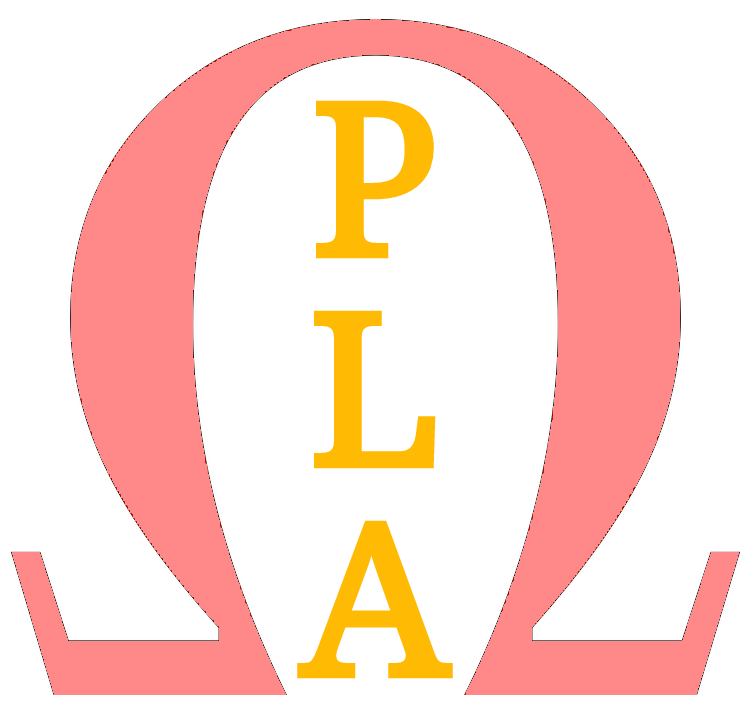The French Breakfast: History, Traditions, and Modern Trends
Discover the history, traditions, and modern influences of the French breakfast. Learn about classic pastries, café culture, and evolving trends in this comprehensive guide to le petit déjeuner français.
Introduction
The French breakfast is an integral part of the country's food culture, celebrated for its simplicity, elegance, and balance of flavors. Unlike the hearty, savory breakfasts found in other parts of the world, le petit déjeuner is typically light, sweet, and paired with a rich cup of coffee or hot chocolate.
But what makes the traditional French breakfast unique? How has it evolved over time? In this guide, we explore the history of French breakfast, its traditional components, and modern variations influenced by global trends.
🔗 Related: The History of French Cuisine and Culinary Influence
The History of the French Breakfast
Medieval Origins: Simplicity and Necessity
The origins of French breakfast date back to the Middle Ages, but it was far from today’s refined version. During this period, the first meal of the day was typically bread with wine or ale, as water was unsafe to drink. Food was scarce, and breakfast was more about sustenance than indulgence.
✔ Peasants ate leftover grains, porridge, or bread soaked in broth.
✔ Wealthier families had access to eggs, cheese, and occasionally roasted meats.
The Influence of Coffee and Chocolate in the 17th Century
By the 17th century, overseas trade introduced coffee, tea, and hot chocolate to France, revolutionizing morning habits.
☕ King Louis XIV played a key role in popularizing hot chocolate, which became a staple among the aristocracy.
Refined bread-making techniques led to early versions of brioche and pain de campagne, now breakfast classics.
🔗 Read more: The Evolution of French Culinary Traditions
The 19th Century: The Rise of the Croissant
One of the most iconic French breakfast elements, the croissant, originated in Austria. Inspired by the kipferl, it was introduced to France in the 19th century, where French bakers refined the recipe using puff pastry techniques.
By the late 1800s, Parisian café culture flourished, and croissants, café au lait, and baguettes with jam became the standard breakfast in France.
🔗 Related: The Ultimate Guide To Main French Pastries: Indulge In Parisian Perfection
The 20th Century: A Shift Towards Simplicity
As France became more urbanized, breakfast habits simplified. The focus shifted to quick, easy-to-prepare items as city life grew busier.
✔ Café au lait, buttered baguettes, and simple pastries replaced heavier meals.
The Traditional French Breakfast Today
A classic French breakfast is simple, elegant, and focused on high-quality ingredients. Here are the essential elements:
1. Bread & Pastries
Baguette – Served fresh with butter (beurre) and jam (confiture).
Croissant – Flaky, buttery, and a staple of French mornings.
Pain au chocolat – A croissant-like pastry filled with rich dark chocolate.
Pain aux raisins – A spiral pastry with raisins and custard.
Brioche – A soft, buttery bread, sometimes toasted.
2. Beverages
Café au lait – Coffee with steamed milk, typically served in a bowl.
Espresso – Strong and concentrated, often enjoyed in French cafés.
Chocolat chaud – Made with high-quality dark chocolate.
Fresh juice – Popular choices include orange juice (jus d’orange).
3. Dairy Products
Butter (Beurre) – Essential for spreading on fresh bread.
Cheese (Fromage) – Though not a staple, soft cheeses like Brie or Camembert are sometimes enjoyed.
Yogurt (Yaourt) – Usually natural or lightly sweetened.
4. Fruits & Jams
Fresh fruit – Apples, oranges, and seasonal berries.
Jam (Confiture) – Strawberry, apricot, and raspberry are the most common flavors.
Honey (Miel) – Sometimes drizzled on bread or yogurt.
Modern Variations & Global Influences
Health-Conscious Breakfasts
As health awareness grows, many French people now opt for lighter, healthier breakfasts, including:
Whole-grain bread with avocado or nut butter.
Granola and yogurt with fresh fruit.
Smoothies and plant-based options.
French Breakfast Etiquette
✔ Eating at home vs. cafés: Most French people eat breakfast at home, but weekend brunch culture is growing.
✔ Dipping bread in coffee: It’s common and completely acceptable to dip croissants into coffee.
✔ No heavy proteins: Unlike American or English breakfasts, the French avoid bacon, eggs, or sausages in the morning.
Conclusion
The French breakfast has evolved from a medieval necessity to an elegant, simple meal enjoyed across the country. Whether you prefer a classic croissant and café au lait or a modern, health-conscious twist, le petit déjeuner françaisremains a symbol of balance and refinement.
💡 What’s your favorite part of a French breakfast? Share in the comments below!
Related Articles & Further Learning
📖 You may also like:
References & Credibility
🔗 For further reading: Académie Française | Le Robert - French Dictionary
Share This Article
📢 Follow us on Facebook & X (Twitter) for more French culture insights!
💬 What’s your favorite French breakfast item? Comment below!
About the Authors
This article was written by the Polyglottist Language Academy (PLA) team of expert language instructors, holding PhDs and MAs in French language, linguistics, and literature. Our mission is to help learners master French through practical, research-backed methods that enhance fluency and cultural understanding.

